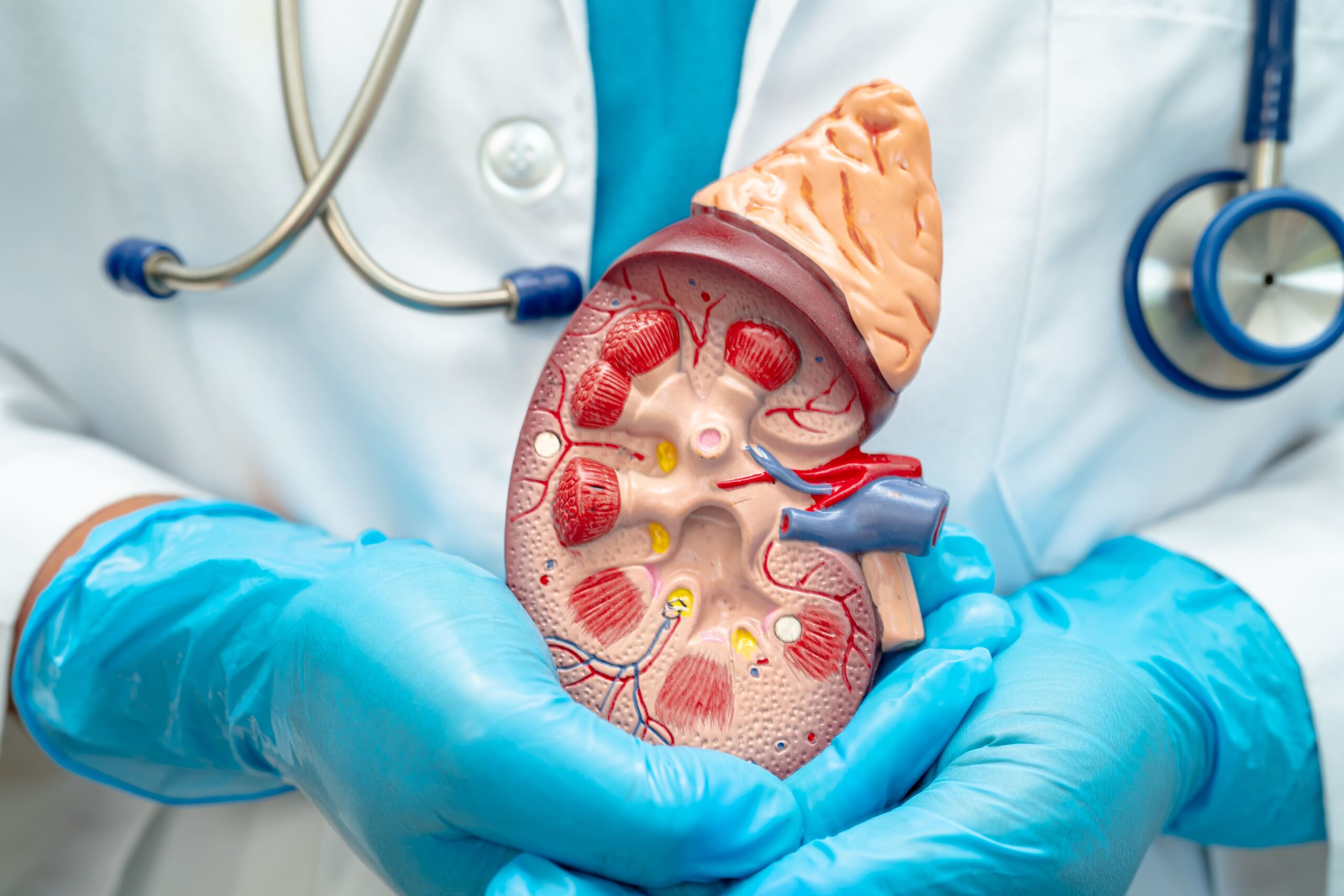Robot-assisted partial nephrectomy (RAPN) is an advanced, minimally invasive surgery that utilises robotic systems to enhance surgical precision and flexibility. A console controls the robotic arms with surgical tools and a high-definition 3D camera, providing superior visualisation and dexterity.
During RAPN, a few small incisions are made to introduce the robotic instruments into the patient’s body. The robotic arms, directed by the surgeon from the console, perform the tumour removal and kidney reconstruction with high precision. This method allows for meticulous dissection and suture placement, preserving kidney function.
This method offers several advantages, including:
Enhanced Precision: Robotic arms provide superior accuracy for complex tasks.
Improved Visualisation: 3D imaging offers a magnified, depth-enhanced view.
Ergonomic Benefits: Console operation reduces surgeon fatigue, potentially lowering error rates.
Quicker Recovery and Less Pain: Smaller incisions lead to faster healing and reduced discomfort.
Lower Risk of Complications: Enhanced control minimises surgical risks like blood loss and infections.
The recovery process for robot-assisted partial nephrectomy generally includes a short hospital stay followed by several weeks of home recovery.
Patients should gradually increase their activity, under medical supervision, watching for any complications. Pain is typically less than traditional surgeries, and follow-up visits ensure proper kidney function and wound healing.


